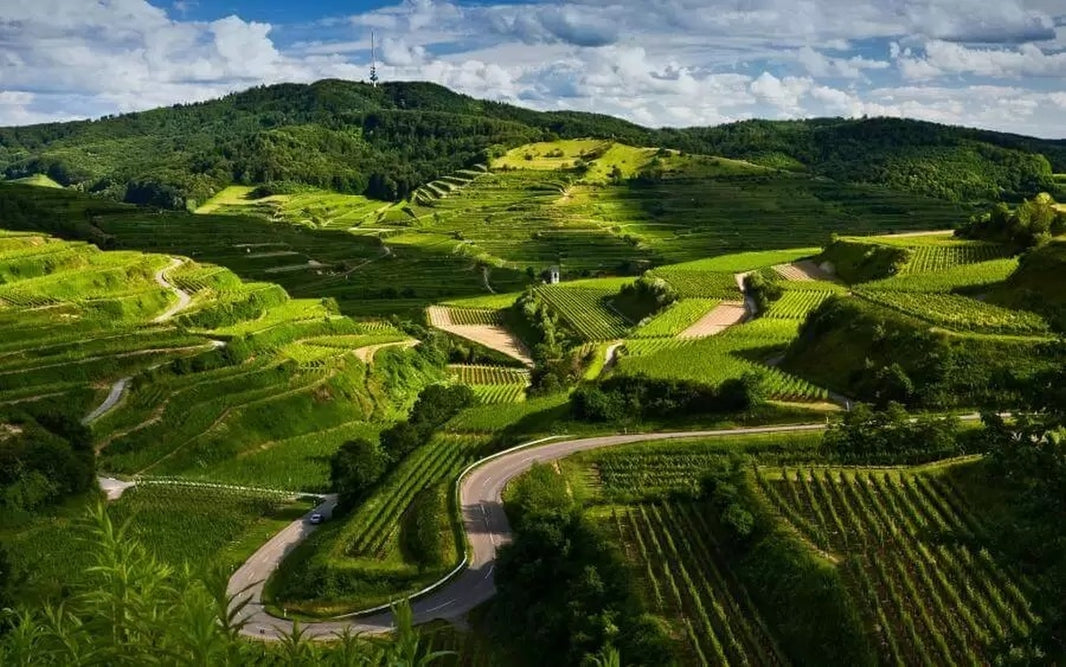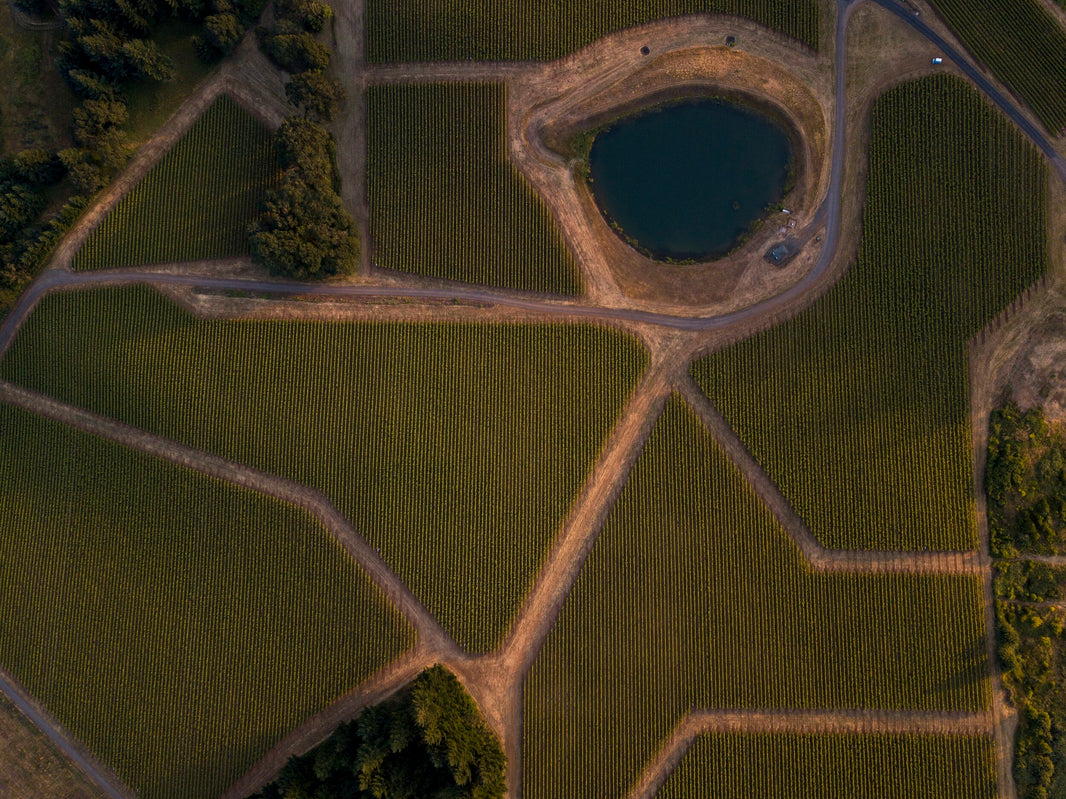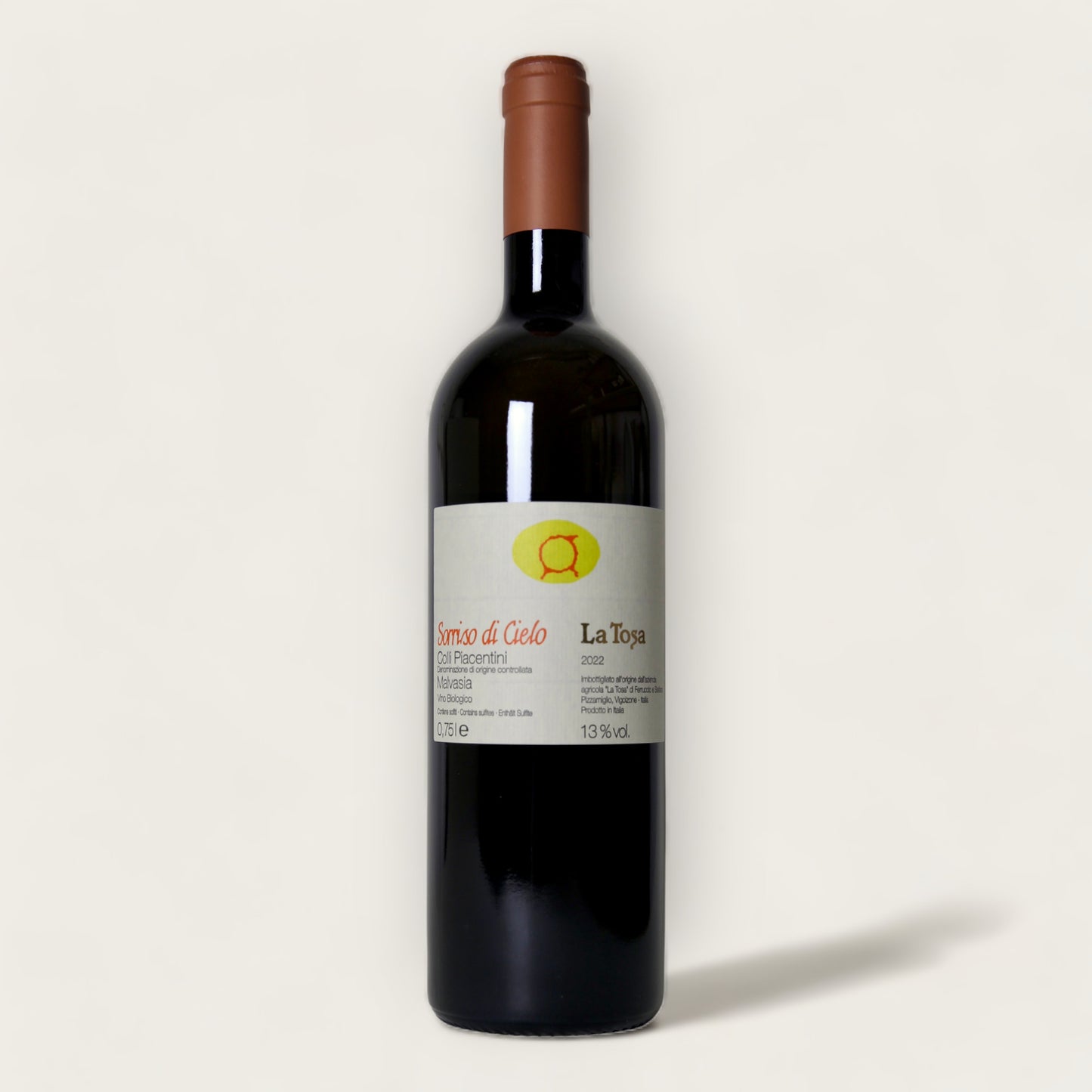Stay up-to-date with the latest news, exclusive promotions, and exciting events by subscribing to our newsletter! Sign up now and receive a 10% discount on your first purchase. Don't miss out on this great opportunity to stay connected with us and get access to special offers!
Sorriso di Cielo Malvasia Colli Piacentini DOC - 2023
- Tax included.
"Sorriso di Cielo" comes from Malvasia di Candia Aromatica grapes, a local favorite in Colli Piacentini. Traditionally, Malvasia was used for making light, bubbly wines meant for quick enjoyment. However, in 1991, La Tosa decided to create the first non-sparkling version of this wine. Since then, it has flourished, proving that Malvasia grapes can produce wines with impressive complexity, solid structure, and surprising aging potential.
The winemaking process begins with the harvest in early September, followed by a gentle pressing of whole grapes. The fermentation takes place at a controlled temperature of 14-15°C, and the wine undergoes a maturation period of 5 months on the fine lees, with regular batonages for enhanced complexity and refinement.
Grape Variety:
Alcohol: 13.5%
Serving Termperature °C: 10-12°C
Ageing Potential: 10-15 years
Terroir: Colli Piacentini

La Tosa

Colli Piacentini

Emilia Romagna


